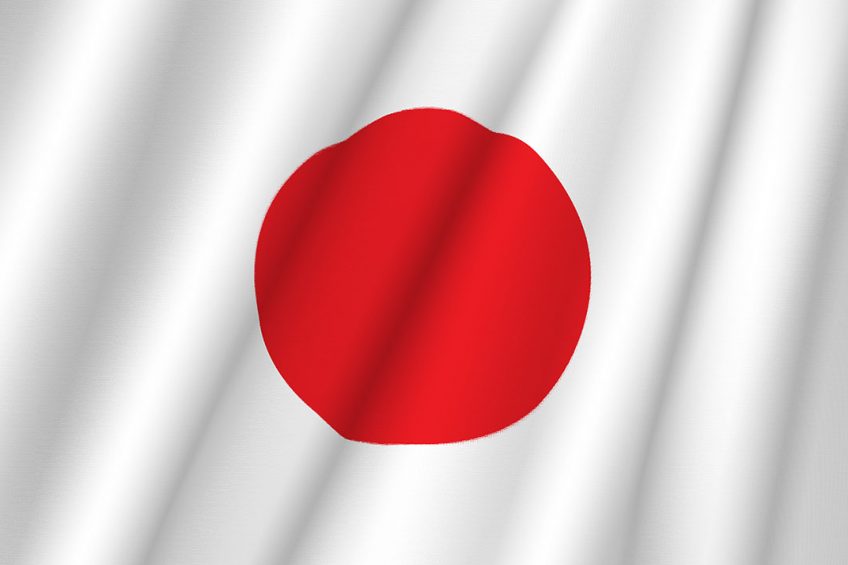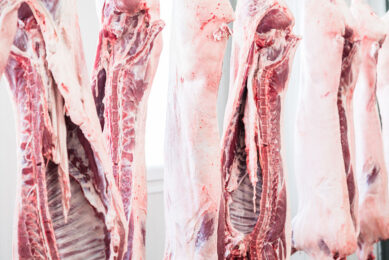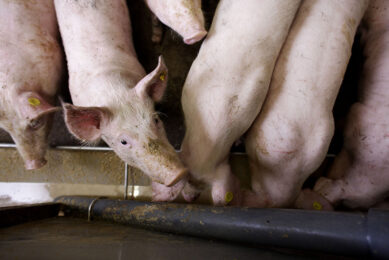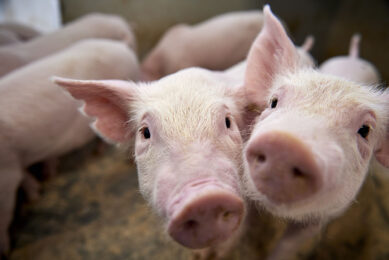Plenty of reasons to be positive about Japan

Japan is well known globally as an important pork-importing country, but the country itself also has a strong and sustainable pig industry. Opportunities for future pig production will be explored during the first edition of the upcoming SwineTalks Web Conference, 7–8 October.
Japan is a tiny island, as can be seen on any world map, and as a consequence it has limited land availability. A total of 127 million people live on 380,000 km2. Still, Japan currently has 9.5 million pigs and 850,000 sows.

The Japanese traditionally consume a lot of fish; however, this is decreasing year by year. Instead, the consumption of animal protein from farm animals (except beef) is increasing (Figure 1). Pork is preferred and is an important part of the diet for Japanese consumers, but the self-sufficiency ratio of pork is only around 50% (Figure 2). Another aspect to note is the consolidation of Japan’s industry. Figure 3 clearly shows that Japanese swine production has been (and will be) consolidating, as is happening in the EU and the US.

These trends all create more opportunities for those who are willing to expand and adapt new business models in the Japanese swine industry in the future.

Strengths and weaknesses in Japan
Pork production in Japan is highly profitable. The profitability is quite sustainable, too (Figure 4). Production costs (feed, labour, manure processing, etc.) are high in Japan (almost all grain for feed is imported); however, the advantage of a high pork price overcomes that disadvantage. The value of pork in Japan continues to be one of the highest in the world.
In addition, it is not commonly known that Japanese swine production is fortunate to have a low cost of capital. The interest rate on borrowed capital is extremely low (0.25–0.3%), which means investors in the swine production business have very low risk of cash shortage.
There is, however, a challenge for expansion with manure processing capacity and its costs.
Health in Japanese swine production
Japan is free of African Swine Fever and Foot-and-Mouth Disease. Porcine Reproductive and Respiratory Syndrome (PRRS) and Porcine Epidemic Diarrhoea in particular regions are the most economically significant diseases. It is obvious that remaining free of and/or controlling such diseases is essential for swine producers to maintain as well as maximise their high profitability. Swine producers in Japan are recognising and requesting an advanced, world-standard level of veterinary services that include, for example, production data management, health control, biosecurity and financial analysis.
All in all, this creates a great opportunity for Japanese swine veterinarians to grow. Not only producers but also veterinarians will also be required to adapt and develop new business models in the industry.
Interested to hear more? Dr Otake will be one of the 25 speakers addressing the global audience at the SwineTalks Web Conference.












